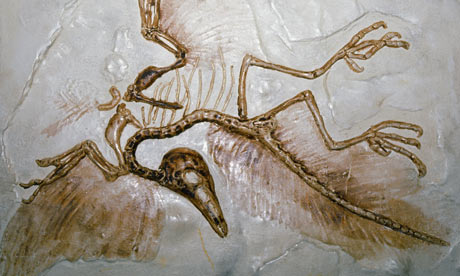let’s try a post now..
Chicken from Hell’ skeleton sheds light on 250kg feathered dinosaur anzu wyliei
By Cristen Tilley
Updated 8 minutes ago
A 250-kilogram ‘chicken from hell’ with features similar to the cassowary is the latest dinosaur discovery by US scientists, who have named the “scary and absurd” creature after a mythical bird-like demon.
Almost a full skeleton of the sharp-clawed, crested raptor that roamed the Hell Creek rock formation in North and South Dakota 66 million years ago was pieced together from three different specimens.
They have named it anzu wyliei: “anzu” after a bird-like demon in Mesopotamian mythology, and “wyliei” after Wylie J Tuttle, the dinosaur-loving grandson of a Carnegie Museums of Pittsburgh trustee.
“It was a giant raptor, but with a chicken-like head and presumably feathers. The animal stood about 10 feet tall, so it would be scary as well as absurd to encounter,” says University of Utah biology postdoctoral fellow Emma Schachner, a co-author of a new study of the dinosaur.
Use this interactive image to get the details on anzu wyliei:




